Yoga Blog
Enhance Athletic Performance in Yoga: A Guide to Powerful Breathing
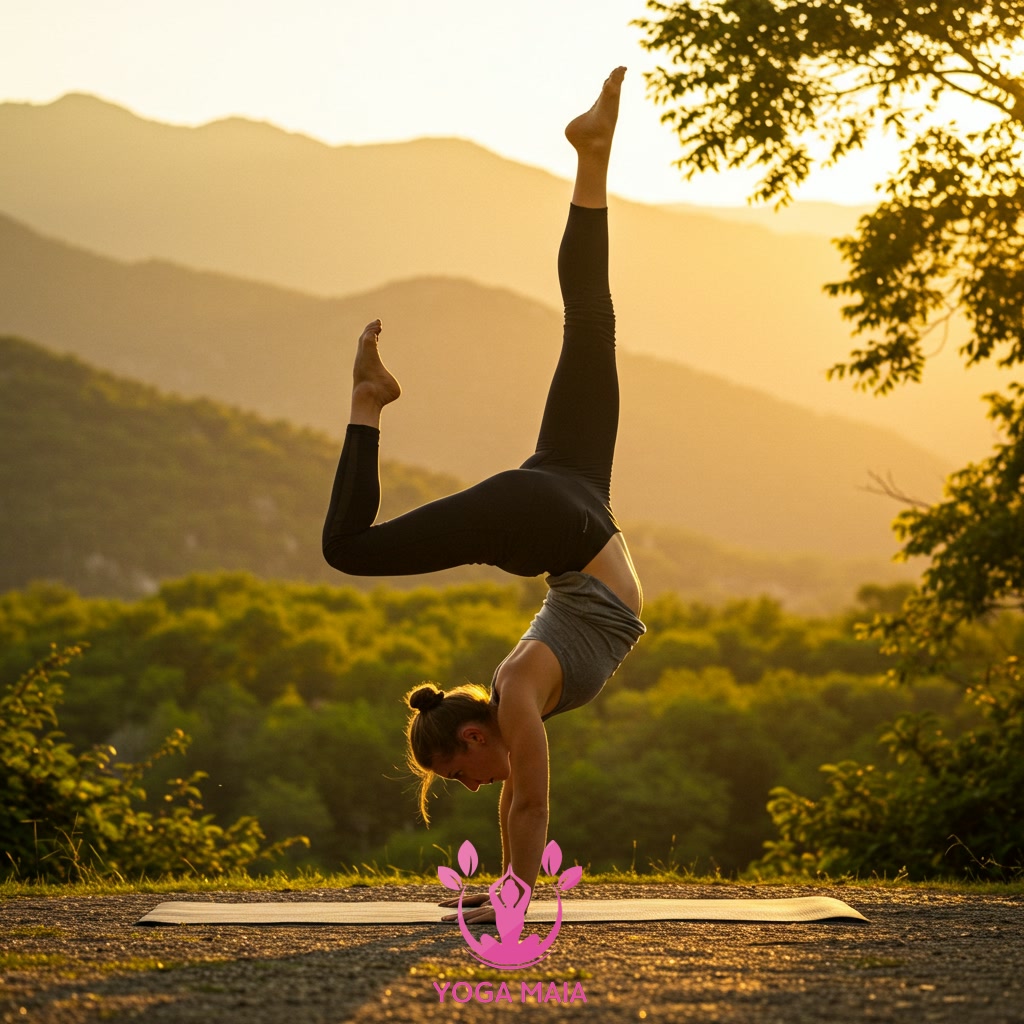
This guide explores how powerful breathing techniques within yoga can significantly improve athletic performance. It delves into specific yogic breathing methods designed to enhance endurance, focus, and recovery for athletes. The content provides practical strategies for integrating these respiratory practices into training regimens. Ultimately, it aims to demonstrate the tangible benefits of conscious breathwork for physical capabilities and overall athletic efficiency.
Table of Contents
- Section 1: Introduction: The Synergy of Yoga, Breath, and Athleticism
- Section 2: The Scientific Basis: How Breath Impacts Performance
- Section 3: Key Pranayama Techniques for Athletes
- Section 4: Integrating Powerful Breathing into Your Yoga Practice
- Section 5: Applying Breathwork to Specific Athletic Movements and Poses
- Section 6: Benefits for Training, Competition, and Recovery
- Section 7: Designing Your Personalized Breathwork Practice
Section 1: Introduction: The Synergy of Yoga, Breath, and Athleticism
While athletic training often emphasizes physical strength and endurance, the integration of yoga offers a powerful, often overlooked, dimension. This guide explores the profound synergy between yoga, conscious breathing, and enhanced athletic performance. Beyond mere flexibility, yoga’s combination of mindful movement and specific breath control techniques (pranayama) provides athletes with tools to improve focus, manage stress, increase lung capacity, and accelerate recovery. Understanding how to harness the power of your breath, not just during exercise but throughout your training and recovery phases, can unlock new levels of physical and mental resilience. This introduction sets the stage for delving into practical techniques that bridge the gap between traditional athletic conditioning and the ancient wisdom of yogic breathwork.
 Introduction: The Synergy of Yoga, Breath, and Athleticism
Introduction: The Synergy of Yoga, Breath, and Athleticism
Section 2: The Scientific Basis: How Breath Impacts Performance
The profound connection between breath and athletic performance is rooted in fundamental physiology. Efficient breathing optimizes oxygen uptake, the vital fuel for muscles during exertion, while simultaneously facilitating the removal of carbon dioxide, a waste product that can hinder performance. Beyond gas exchange, conscious breathwork influences the autonomic nervous system. Techniques promoting slower, deeper breaths activate the parasympathetic nervous system, aiding recovery, reducing stress hormones, and improving focus. Conversely, controlled powerful breaths can engage the sympathetic system appropriately for bursts of energy. By regulating these processes, targeted breathing enhances endurance, power output, and mental clarity, providing athletes with a tangible method to improve physical capabilities and resilience through a deeper understanding of their own respiratory mechanics.
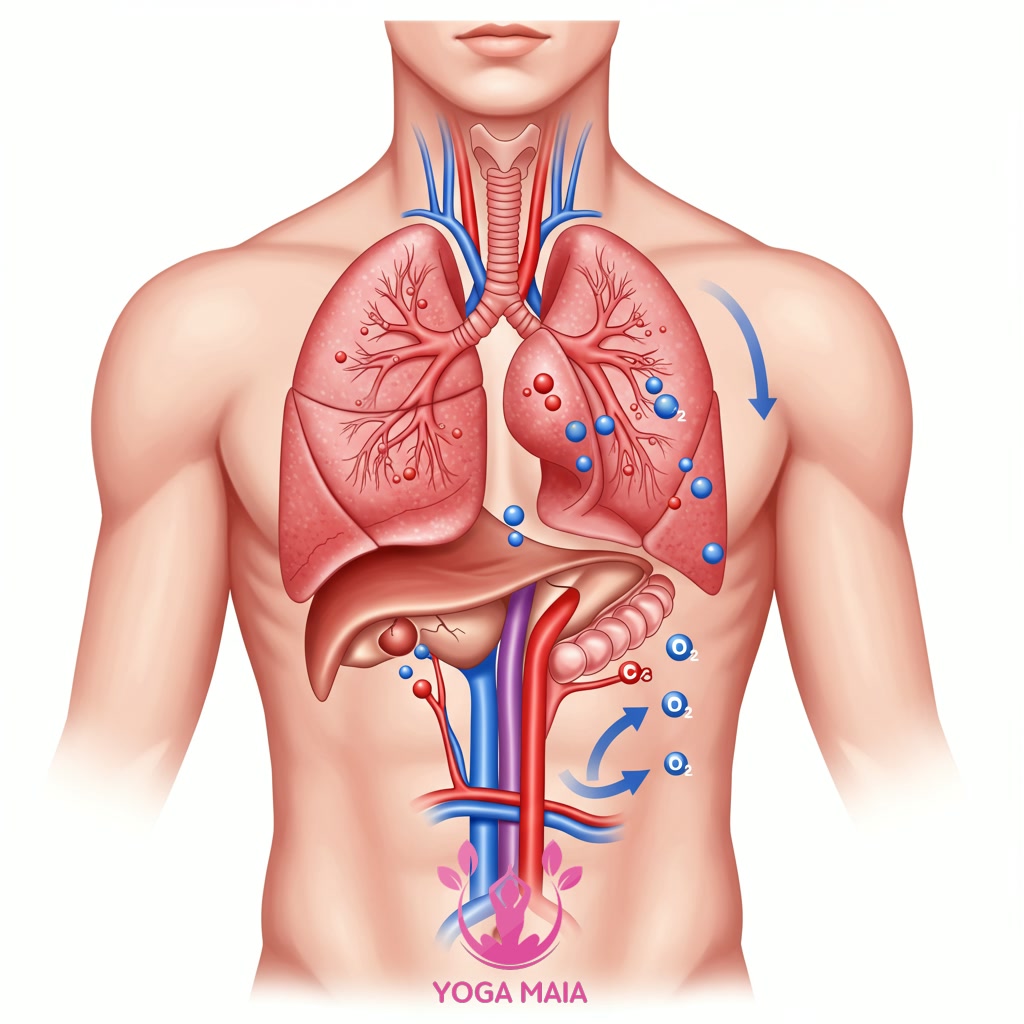 The Scientific Basis: How Breath Impacts Performance
The Scientific Basis: How Breath Impacts Performance
Section 3: Key Pranayama Techniques for Athletes
Building upon the physiological foundation, specific yogic breathing techniques, known as pranayama, offer athletes powerful tools to optimize their performance. Techniques like Ujjayi breath (Victorious Breath) are invaluable for maintaining focus and building endurance during sustained effort, creating an internal rhythm and calming the nervous system. Nadi Shodhana (Alternate Nostril Breathing) is excellent for balancing energy, reducing stress, and enhancing recovery by promoting relaxation and improving oxygen utilization. While more vigorous techniques like Kapalabhati exist, focusing initially on controlled, steady breaths helps athletes develop greater respiratory efficiency, improve lung capacity, and cultivate the mental clarity necessary for peak athletic function. Integrating these practices provides a direct pathway to harness the breath’s potential for physical and mental resilience.
 Key Pranayama Techniques for Athletes
Key Pranayama Techniques for Athletes
Section 4: Integrating Powerful Breathing into Your Yoga Practice
Building on understanding techniques like Ujjayi, integrating these powerful breathing methods seamlessly into your existing yoga practice is key for athletes. Start by consciously linking your breath to each movement – inhaling as you lengthen or prepare, exhaling as you deepen a pose or release tension. Use focused breathing, such as Ujjayi, not just in seated meditation but throughout your physical flow, especially during demanding poses. This sustained, audible breath helps maintain focus, regulate energy, and build endurance within the practice itself. Consistent application transforms breathing from a passive function into an active, performance-enhancing tool integrated into every asana and transition, directly benefiting athletic capacity.
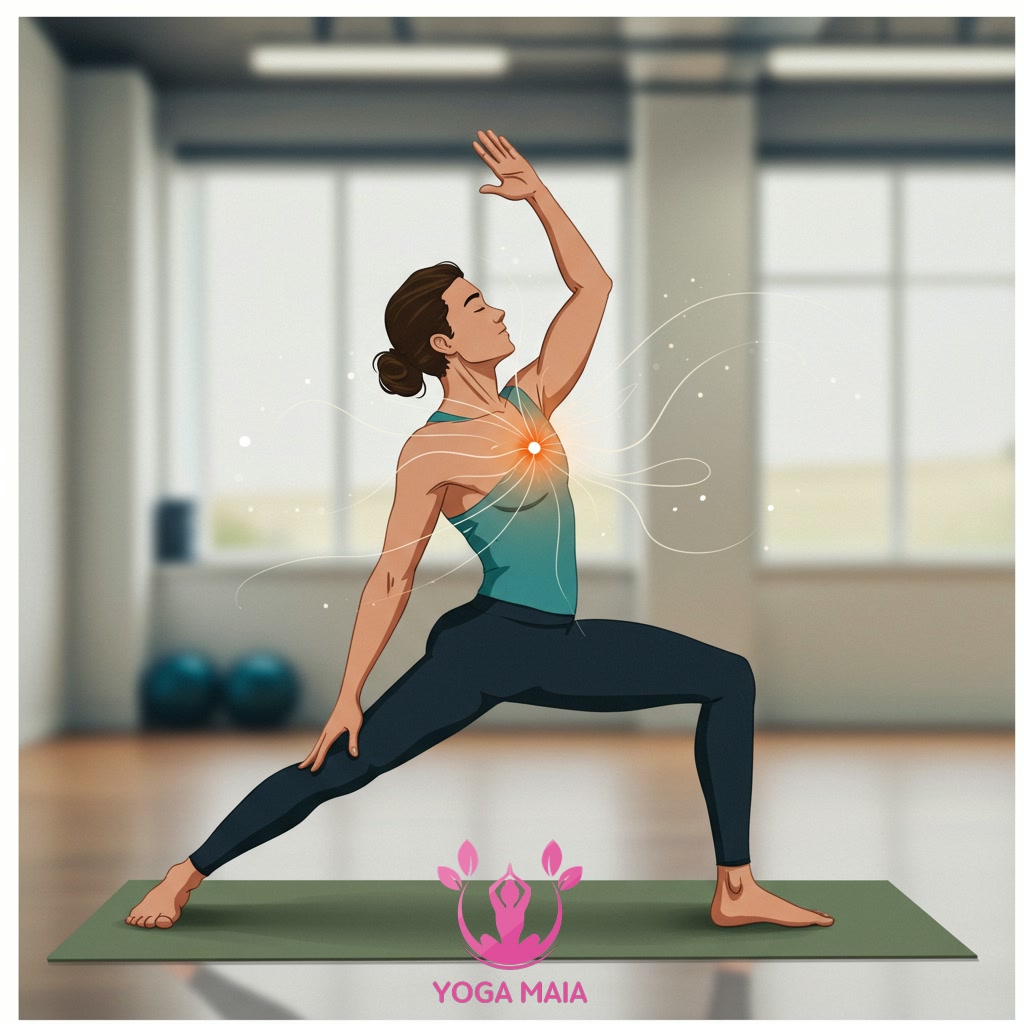 Integrating Powerful Breathing into Your Yoga Practice
Integrating Powerful Breathing into Your Yoga Practice
Section 5: Applying Breathwork to Specific Athletic Movements and Poses
Building on understanding techniques like Ujjayi, integrating these powerful breathing methods seamlessly into your existing yoga practice is key for athletes. Start by consciously linking your breath to specific movements. For instance, inhale to prepare for exertion or expansion, and exhale as you execute the movement or deepen a pose. Think of inhaling as gathering energy and exhaling as applying it with control. Apply this principle to athletic actions like squats or lunges, coordinating the breath with the effort. In yoga poses, synchronize breath with transitions – inhale to lift or extend, exhale to fold or stabilize. Maintaining a steady, controlled breath, such as Ujjayi, even during challenging sequences or holds, helps manage fatigue, improve stability, and enhance focus, directly translating to better performance on the field or court.
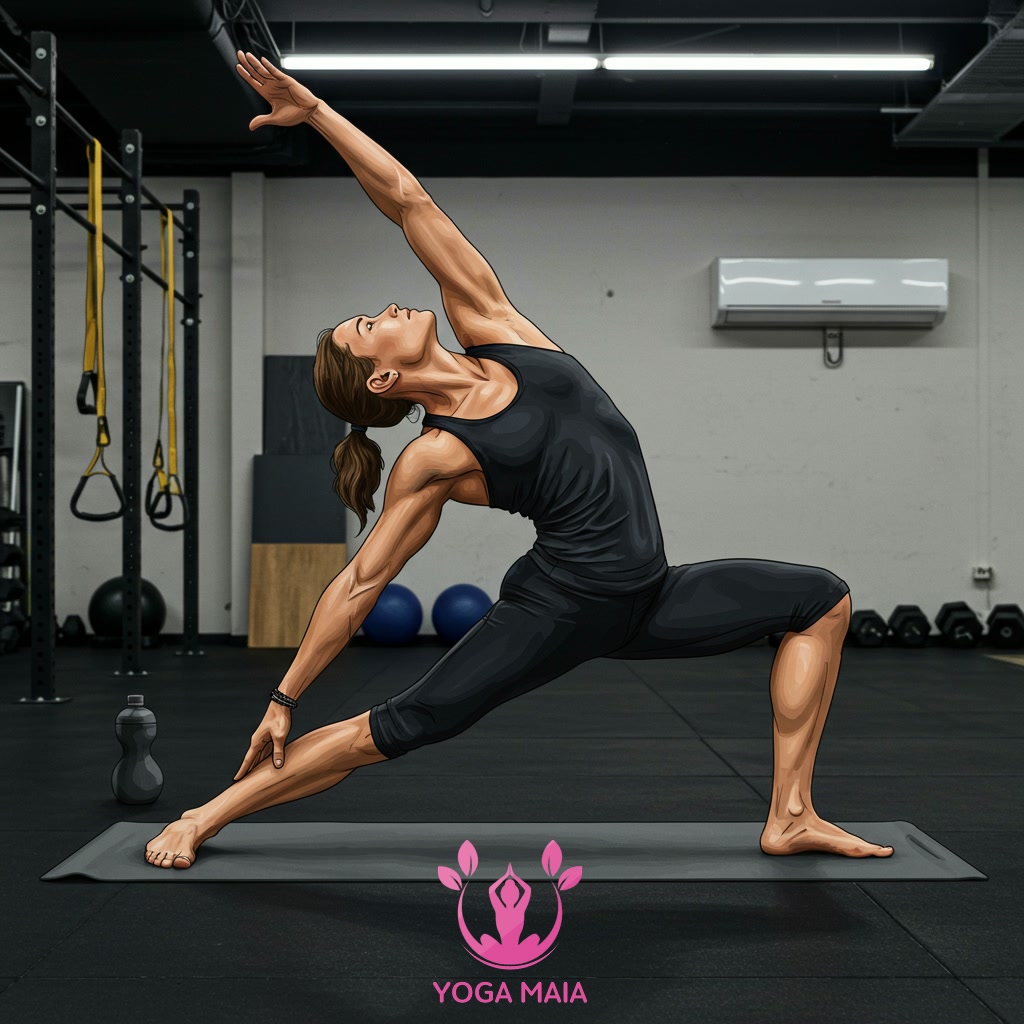 Applying Breathwork to Specific Athletic Movements and Poses
Applying Breathwork to Specific Athletic Movements and Poses
Section 6: Benefits for Training, Competition, and Recovery
Integrating powerful yogic breathing techniques significantly impacts an athlete’s journey across training, competition, and recovery. During training, controlled breathwork enhances oxygen uptake and delivery to muscles, improving endurance and power output while delaying fatigue. In competition, the ability to regulate breath stabilizes the nervous system, reducing pre-event anxiety and maintaining focus under pressure, allowing for peak performance during critical moments. Post-competition or intense training, conscious breathing accelerates recovery by promoting relaxation, reducing muscle tension, and aiding the body’s natural repair processes. Mastering these respiratory tools cultivated through yoga provides athletes with a tangible advantage, optimizing physical capabilities and mental resilience.
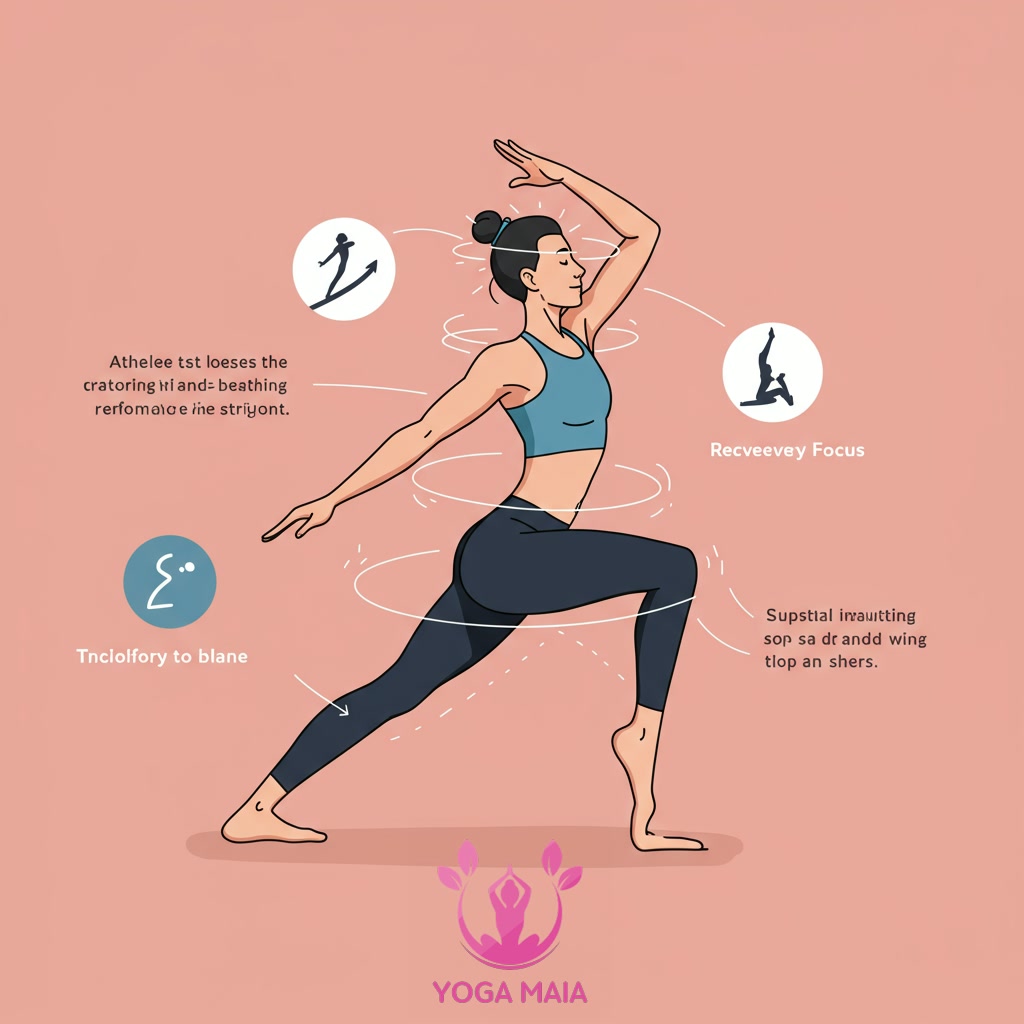 Benefits for Training, Competition, and Recovery
Benefits for Training, Competition, and Recovery
Section 7: Designing Your Personalized Breathwork Practice
Designing your breathwork practice is not a one-size-fits-all approach; it requires tailoring techniques to your specific sport, training phase, and individual needs. Begin by assessing your current respiratory habits and identifying areas for improvement, whether it’s enhancing endurance during performance or calming the nervous system for efficient recovery. Start with foundational practices like diaphragmatic breathing to build awareness and control, then gradually integrate more advanced methods such as Ujjayi or Kapalabhati as you become comfortable. Consider the unique demands of your sport – a long-distance runner might prioritize methods that increase lung capacity and efficiency, while an athlete in a power sport might focus on techniques for stability and explosive power. Consistency is paramount; integrate short, focused breathwork sessions into your daily routine or alongside your training. Regularly evaluate how these practices impact your performance, focus, and recovery, making adjustments to your personalized plan as needed to ensure it optimally supports your athletic goals.
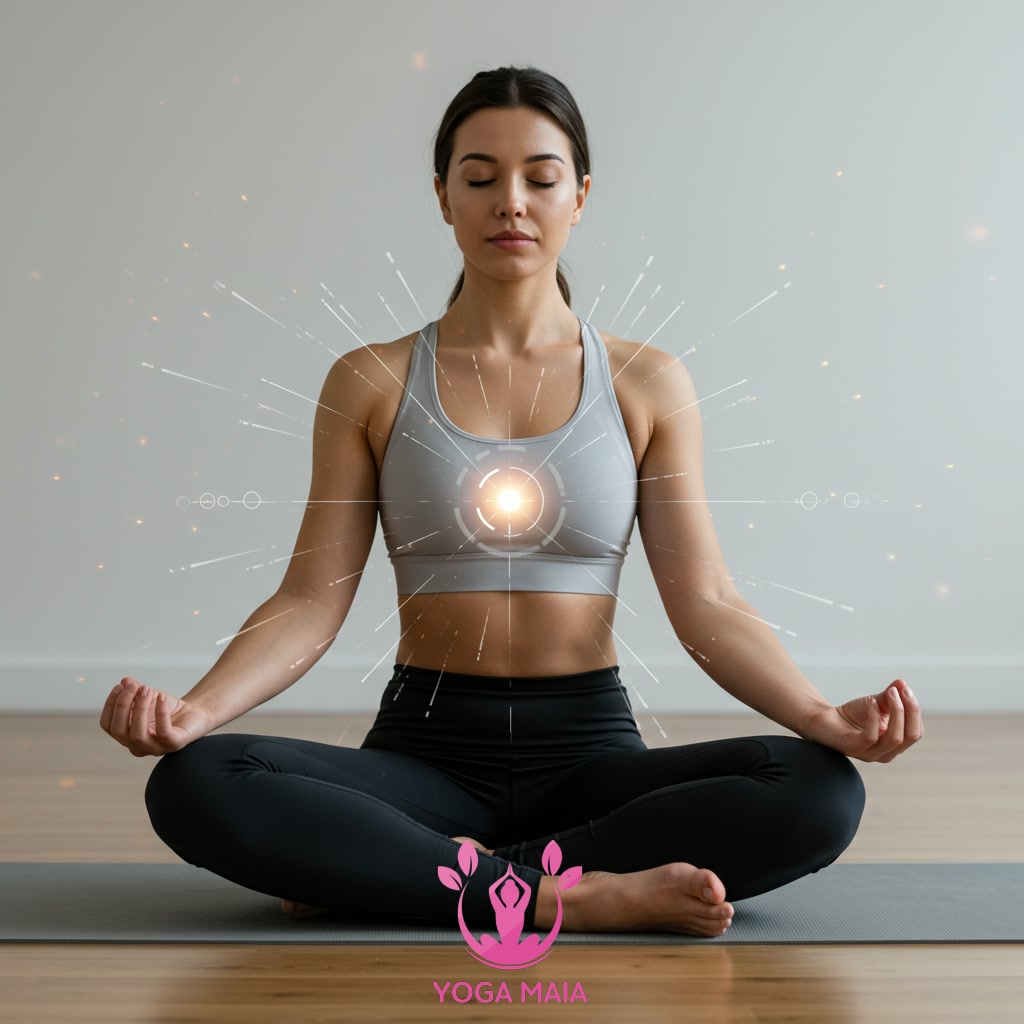 Designing Your Personalized Breathwork Practice
Designing Your Personalized Breathwork Practice
